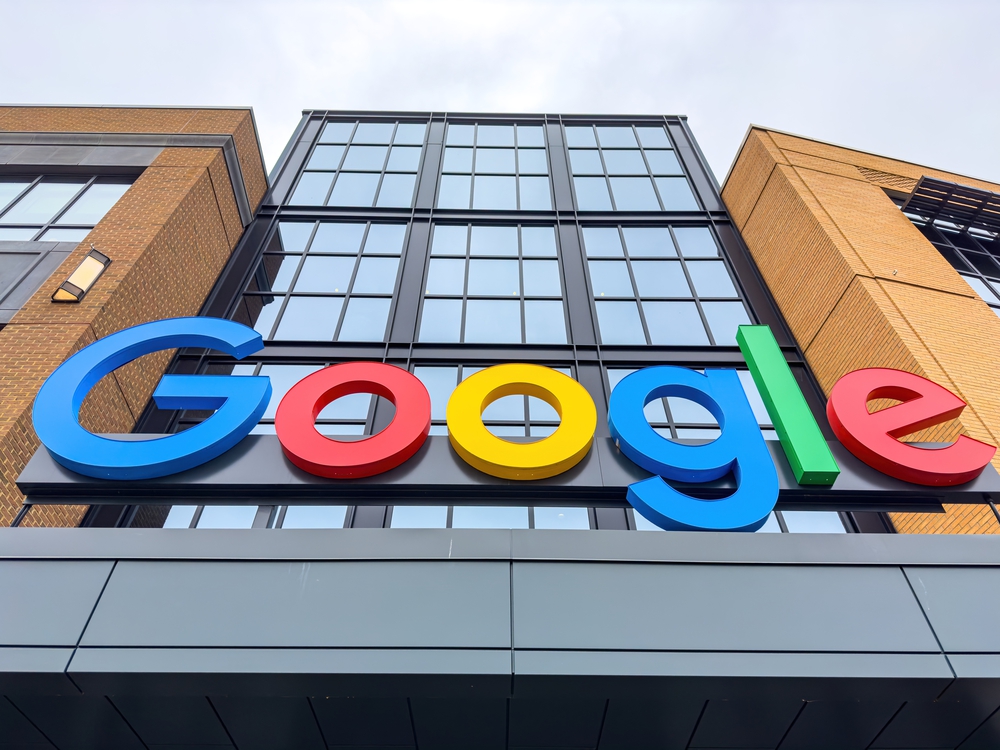Google is unveiling a slew of accessibility updates while also announcing new efforts to support people with disabilities creating content online.
The technology giant said recently that it will enhance features aimed at those with blindness or low vision, individuals with cognitive disabilities and physical accessibility needs.
The company is also launching a six-month fellowship program for influencers with disabilities and investing $5 million in a fund backing nonprofits making coding and computer science education more accessible to students with disabilities.
“Our commitment to disability inclusion and accessibility doesn’t stop with our products,” wrote Laura Allen, Google’s head of strategy and programs, accessibility and disability inclusion, in a post about the offerings. “We believe in supporting people with disabilities across all sectors and industries.”
The Google Rising Influencer with Disabilities fellowship includes 15 participants from the U.S. and Canada who will be mentored by accomplished influencers, learn from industry leaders and be connected with Google product teams.
The new investment fund will focus on organizations using Blockly, a Google open-source library to “develop and implement inclusive tools and curricula,” Allen said. “By helping tailor experiences to students with diverse learning styles and abilities, these nonprofits can support the important work to ensure all students can participate fully in the digital world and gain foundational computing skills.”
Product updates will include a new option for Lookout, an Android function that allows people who are blind or who have low vision to use their phone’s camera to find out about what’s in front of them, Google said. The “find mode” feature, which is in beta, allows users to be notified about the direction and distance of objects that fall within seven categories including seating, tables and bathrooms.
Meanwhile, an Android app known as Look to Speak, which allows users to speak pre-written phrases that they select with their eyes, will add a text-free mode with speech activated based on personalized emojis, symbols and photos.
Google Maps is also expanding its options for screen readers so that users can hear about the names and types of places near them and how far away they are. And, detailed voice guidance offers audio prompts so users know if they’re going the right way, being rerouted or crossing a busy intersection, Google said.
In addition, Maps will now display a wheelchair icon on desktop computers to indicate if a place is wheelchair accessible. Previously, the icon was only visible on mobile devices.
Source: disabilityscoop

